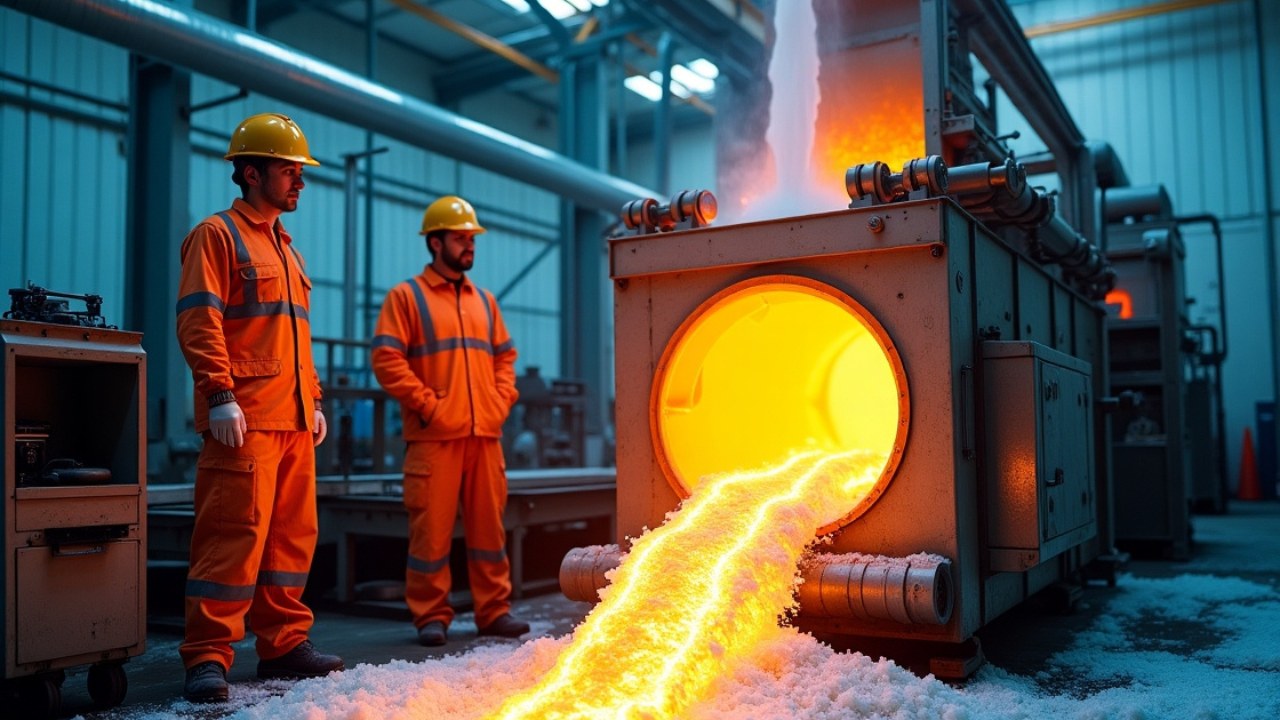
Aerospace engineering is one of the most critical and innovative fields in the modern world. From designing commercial airplanes that carry millions of passengers annually to creating spacecraft that explore distant planets, aerospace engineers play a vital role in shaping how humans move across the sky and into space.
But how exactly do aerospace engineers take an idea and transform it into a functioning aircraft or spacecraft? In this blog, we’ll take a detailed look at how aerospace engineers design aircraft and spacecraft, explore the aircraft structural design process, examine the software and tools used, and understand the principles that guide these professionals through every stage of engineering and production.
The Role of Aerospace Engineers

Aerospace engineers are responsible for designing, testing, and overseeing the production of aircraft, spacecraft, missiles, and other aerospace systems. They apply principles from physics, mathematics, fluid dynamics, and thermodynamics to design vehicles that operate both within and beyond Earth’s atmosphere.
They ensure that every aircraft or spacecraft can withstand extreme environmental conditions, perform its intended mission efficiently, and comply with rigorous safety and regulatory standards. They also work on improving fuel efficiency, reducing weight, and optimizing aerodynamics. Their roles may vary depending on their area of specialization. For instance, some engineers focus on propulsion systems, while others concentrate on structural integrity, control systems, or avionics.
Key Steps in Aerospace Design

Designing an aircraft or spacecraft is a structured, multi-phase process. It involves a collaborative effort between mechanical engineers, software developers, physicists, materials scientists, and many others. Here's how the design process typically unfolds:
1. Concept Development
The first step is identifying the mission and setting clear goals for the vehicle. Is the aircraft intended for commercial passenger transport, military use, or unmanned operation? Is the spacecraft designed for low-Earth orbit, the Moon, or deep space exploration?
During this phase, engineers conduct feasibility studies, outline mission requirements, and explore various design configurations. For example, aerospace engineers in California working on a Mars lander would consider entirely different design needs compared to a team building a solar-powered drone for Earth observation.
2. Preliminary Design

Once the concept is accepted, the preliminary design phase begins. This is where engineers dig deeper into the aircraft structural design process, considering factors like:
Weight distribution
Aerodynamic shape
Engine type and placement
Materials (e.g., composites, alloys)
Payload and fuel requirements
Engineers use software like CATIA or SolidWorks for 3D modeling, and tools like ANSYS or MATLAB for simulations and stress testing. They refine the design by running airflow analyses, load simulations, and structural vibration models.
3. Detailed Design
With a solid preliminary model in hand, engineers then move into the detailed design phase. Every part of the aircraft or spacecraft, from the fuselage frame to wiring systems, is carefully engineered.
Companies that offer aerospace engineering design services play a key role at this stage by creating digital twins, generating manufacturing blueprints, and running multi-physics simulations.
This phase involves close coordination between design and manufacturing teams to ensure that all components are cost-effective, easy to assemble, and aligned with performance expectations.
4. Testing and Validation
No aerospace vehicle can be approved for production without extensive testing. This is where the design is put under real-world and simulated conditions to ensure reliability.
Testing includes:
Wind tunnel testing for aerodynamic accuracy
Thermal testing for spacecraft re-entry systems
Vibration testing to simulate launch and flight turbulence
System-level testing for control systems, engines, and avionics
5. Production and Integration
After passing validation, the design moves to full-scale production. Engineers work closely with manufacturers to build the final product. Precision is critical here—any deviation from design specs can cause mission failure or safety hazards.
Leading manufacturers such as Boeing aircraft design their planes with automated assembly lines, robotics, and quality control systems to streamline production and reduce errors. Integration involves combining all systems, propulsion, avionics, communication, and life support (in spacecraft) into one fully operational vehicle. Final tests are conducted before the vehicle is delivered or launched.
Tools Used by Aerospace Engineers
To achieve these highly technical outcomes, aerospace engineers rely on specialized tools, including:
CAD Software: CATIA, SolidWorks for modeling
Simulation Tools: ANSYS, COMSOL for stress and airflow testing
Flight Simulators: Used for pilot training and control system evaluation
Wind Tunnels & Vacuum Chambers: For physical testing
Automation Tools: AI algorithms for design optimization and predictive maintenance
Global Demand and Career Opportunities
The global need for highly skilled aerospace engineers continues to grow. Countries like the United States, Canada, Germany, and Japan are heavily investing in the aviation and space sectors. This has led to a surge in job opportunities in hubs like California.
Companies such as SpaceX, Northrop Grumman, Lockheed Martin, and Blue Origin are looking for talent. If you're seeking aerospace engineers in California, you’ll find job listings across areas such as propulsion, software integration, structural design, and systems engineering.
Principles of Aerospace Design
A well-designed aircraft or spacecraft adheres to the core principles of aerospace design:
Minimize Weight: Lightweight materials improve fuel efficiency and performance.
Maximize Strength: Structures must withstand extreme pressures and forces.
Ensure Efficiency: Optimized fuel systems, propulsion, and aerodynamics save energy.
Adapt for Mission: The design must reflect the operating environment, space, or planetary surfaces.
Why Aerospace Engineering Is Evergreen
Aerospace engineering continues as a dynamic and future-focused discipline. With increasing interest in sustainable aviation, electric aircraft, and reusable space launch systems, the demand for innovative aerospace design is greater than ever.
As new technologies emerge and global priorities shift toward greener and more efficient systems, aerospace engineers must evolve their approaches. The integration of AI, digital twins, lightweight composite materials, and smart manufacturing keeps the design process in a state of constant progress.
Conclusion:
Aerospace engineers are the architects of flight. Through precision, innovation, and constant learning, they design machines that defy gravity and push human boundaries. From the earliest design sketch to the final launch countdown, the journey involves rigorous testing, complex tools, and deep collaboration.
Whether you're interested in commercial aviation, space missions, or cutting-edge drones, understanding the aerospace design process opens the door to a fascinating world where science meets imagination. Stay informed about new advancements in aerospace engineering design services, innovations from agencies like NASA, and breakthroughs from industry leaders like Boeing aircraft design.






